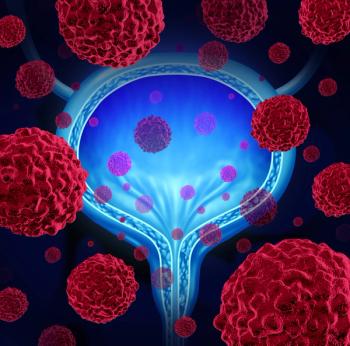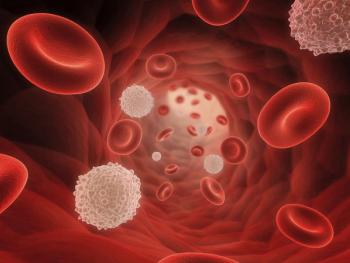
Oncology NEWS International
- Oncology NEWS International Vol 10 No 11
- Volume 10
- Issue 11
FDA Approves New Tests to Screen Blood for HIV and HCV
ROCKVILLE, Maryland-New screening systems expected to further lower the threat of HIV and hepatitis C virus (HCV) contamination in the nation’s blood supply have received FDA approval. The agency has licensed two nucleic acid test (NAT) systems, which can significantly reduce the infection window, ie, the time in which a blood donor can be infected but the infection may not be detected. For HIV, the window with NAT is 12 days, compared with 22 days for antibody tests and 16 days for antigen tests. For HCV, the window is reduced from 82 days to 25 days.
ROCKVILLE, MarylandNew screening systems expected to further lower the threat of HIV and hepatitis C virus (HCV) contamination in the nation’s blood supply have received FDA approval. The agency has licensed two nucleic acid test (NAT) systems, which can significantly reduce the infection window, ie, the time in which a blood donor can be infected but the infection may not be detected. For HIV, the window with NAT is 12 days, compared with 22 days for antibody tests and 16 days for antigen tests. For HCV, the window is reduced from 82 days to 25 days.
The NAT systems were developed by the National Genetics Institute (NGI) for screening plasma used in manufacturing products such as clotting factors and immune globulins, and by Alpha Therapeutic Corp., for use in its plasma collection centers.
NAT enables the detection of minute amounts of DNA or RNA by amplifying a gene fragment. The newly approved tests are extremely sensitive for the RNA of HIV-1, the dominant AIDS-virus variant in the United States, and HCV.
Approval of the tests was based on clinical trials involving test pools of 512 plasma samples. These samples represented a total of 342,729 donations from about 48,000 individuals, which were collected at 33 plasmapheresis centers.
Articles in this issue
about 24 years ago
Two Large AIDS Studies Will Increase Enrollments 60%about 24 years ago
Gene Therapy Plus Radiotherapy Delays Esophageal Cancer Growth in Miceabout 24 years ago
Platinum-Based Regimens Are Favored in Advanced NSCLCabout 24 years ago
Radiofrequency Ablation Proving Effective in Small Renal Cell Tumorsabout 24 years ago
Templates Used to Document Chemotherapyabout 24 years ago
Grade Dictates Treatment of Primary NHL of the Breastabout 24 years ago
Low Arsenic Levels in Drinking Water Increase Cancer Riskabout 24 years ago
Astatine-211-Labeled MoAB Promising in Brain Cancer Patientsabout 24 years ago
GEMOX Active With Low Toxicity in Pancreatic Cancerabout 24 years ago
Legislation Urged to Revitalize the National Cancer PlanNewsletter
Stay up to date on recent advances in the multidisciplinary approach to cancer.

















































































